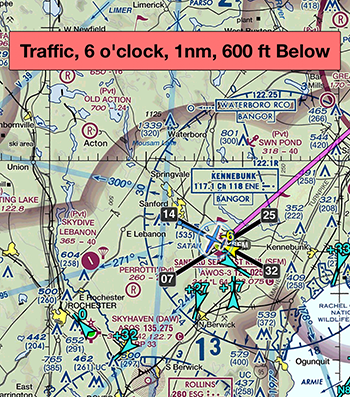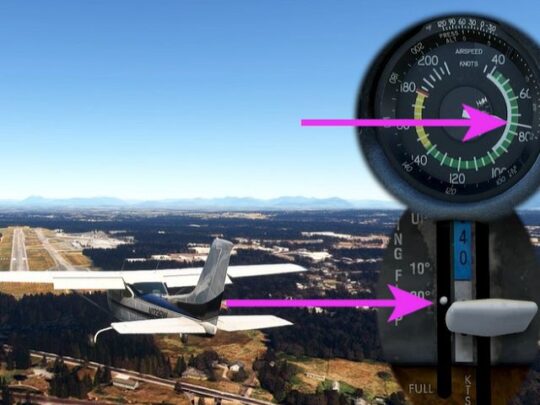Subscriber question:
"What should I do if ATC says they can’t see my ADS-B squawk? Do I have to land right away? I’ve heard horror stories about not having functional ADS-B in controlled airspace." — John C.
Ryan:
 “The short answer is that it’s probably not a big deal. AIM 4-1-20 has some guidance for this situation. It says that “in-flight requests for immediate deviation from the ADS-B Out requirements may be approved by ATC only for failed equipment, and may be accommodated based on workload, alternate surveillance availability, or other factors.” If ATC can’t accommodate your sudden loss of ADS-B out, you’ll need to avoid the airspace where it’s required. If they can, you’re good to go.
“The short answer is that it’s probably not a big deal. AIM 4-1-20 has some guidance for this situation. It says that “in-flight requests for immediate deviation from the ADS-B Out requirements may be approved by ATC only for failed equipment, and may be accommodated based on workload, alternate surveillance availability, or other factors.” If ATC can’t accommodate your sudden loss of ADS-B out, you’ll need to avoid the airspace where it’s required. If they can, you’re good to go.
ATC can only authorize deviations from the rules following an equipment failure in flight. That means if you know your equipment isn’t working properly, you need to fix it before takeoff or obtain permission in advance. Permission can be requested using the online ADS-B Deviation Authorization Preflight Tool, or ADAPT, no more than 24 hours and no less than one hour in advance of the flight. It’s a fairly simple tool to use, but it’s not meant to be used for repeated deviations.
It’s possible that your issue was transient and your ADS-B squawk will reappear. ADS-B coverage is good, but it does still require line-of-sight with ground stations. At low altitudes and certain flight attitudes, it’s possible to lose that connection. However, in the airspace where it’s required, coverage is likely to be especially good.
Note that apps like ForeFlight and Garmin Pilot are able to display your current ADS-B Out status, so long as they’re connected to ADS-B in.
An ADS-B Out failure doesn’t require an immediate landing. Talk to ATC and come up with a plan that works for everyone. In all likelihood, you’ll be able to proceed without any inconvenience. Then, get the issue fixed before flying in ADS-B airspace, or get a waiver if necessary to fly somewhere where it can be fixed.”
Do you have ADS-B in and out installed in your aircraft?
ADS-B in = Lets you see weather and traffic data in your cockpit
ADS-B out = Lets ATC see you—and is required for some airspace

